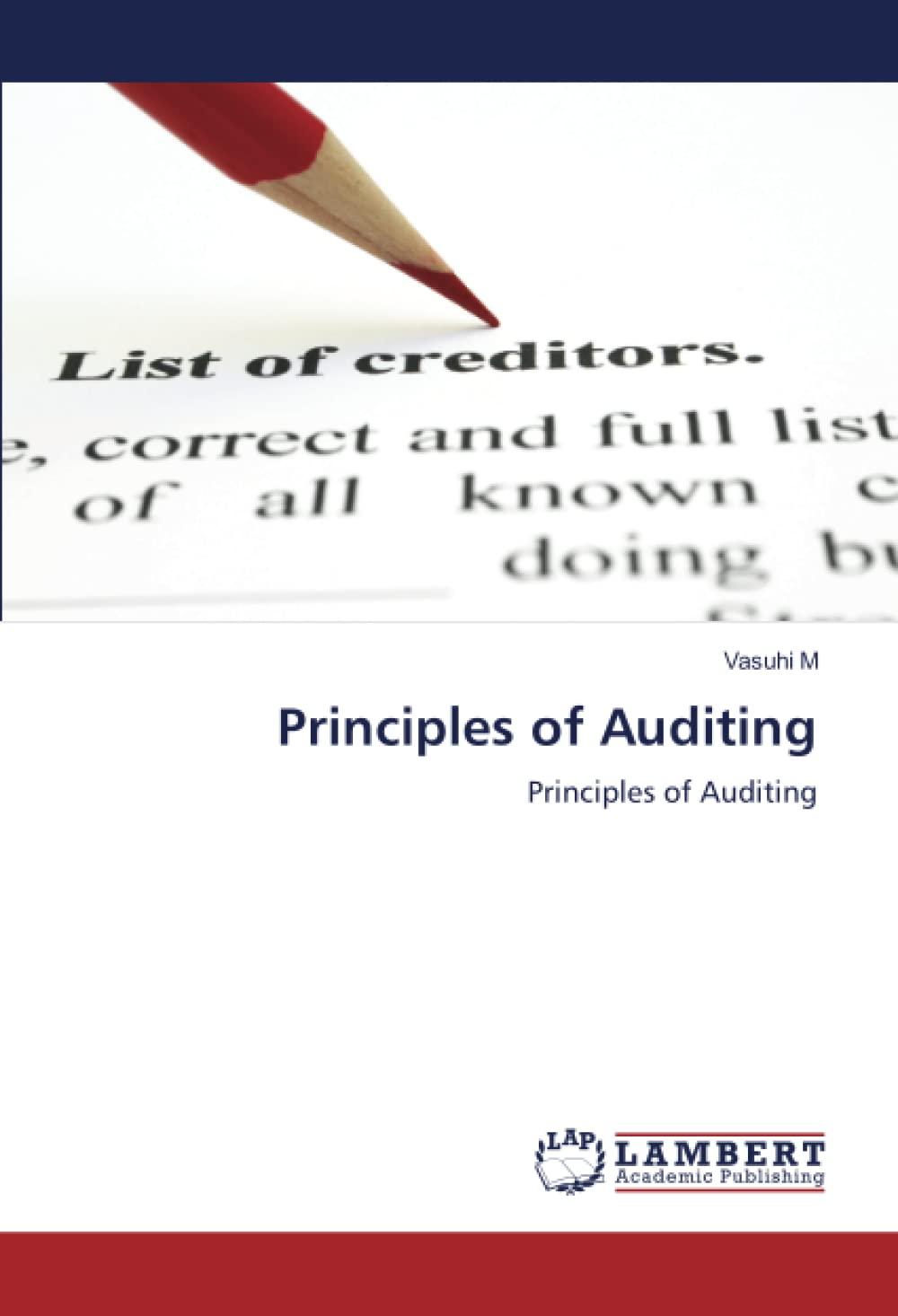Question
What is the solution to this problem? Austin, Inc., acquired 10 percent of McKenzie Corporation on January 1, 2014, for $320,600 although McKenzies book value
What is the solution to this problem?
Austin, Inc., acquired 10 percent of McKenzie Corporation on January 1, 2014, for $320,600 although McKenzies book value on that date was $2,100,000. McKenzie held land that was undervalued by $116,000 on its accounting records. During 2014, McKenzie earned a net income of $282,000 while declaring and paying cash dividends of $106,000. On January 1, 2015, Austin purchased an additional 30 percent of McKenzie for $755,700. McKenzies land is still undervalued on that date, but then by $144,000. Any additional excess cost was attributable to a trademark with a 10-year life for the first purchase and a 9-year life for the second. The initial 10 percent investment had been maintained at cost because fair values were not readily available. The equity method will now be applied. During 2015, McKenzie reported income of $359,700 and declared and paid dividends of $135,000.
Prepare all of the 2015 journal entries for Austin. (If no entry is required for a transaction/event, select "No journal entry required" in the first account field.)
1. Record the second acquisition of McKenzie stock.
2. Record the restated reported figures for 2014 to the equity method.
3. Record the income for the year 2015.
4. Record the dividend declaration from McKenzie for the year 2015.
5. Record the collection of dividend from investee for the year 2015.
6. Record the 2015 amortization for first and second purchases.
Step by Step Solution
There are 3 Steps involved in it
Step: 1

Get Instant Access to Expert-Tailored Solutions
See step-by-step solutions with expert insights and AI powered tools for academic success
Step: 2

Step: 3

Ace Your Homework with AI
Get the answers you need in no time with our AI-driven, step-by-step assistance
Get Started


